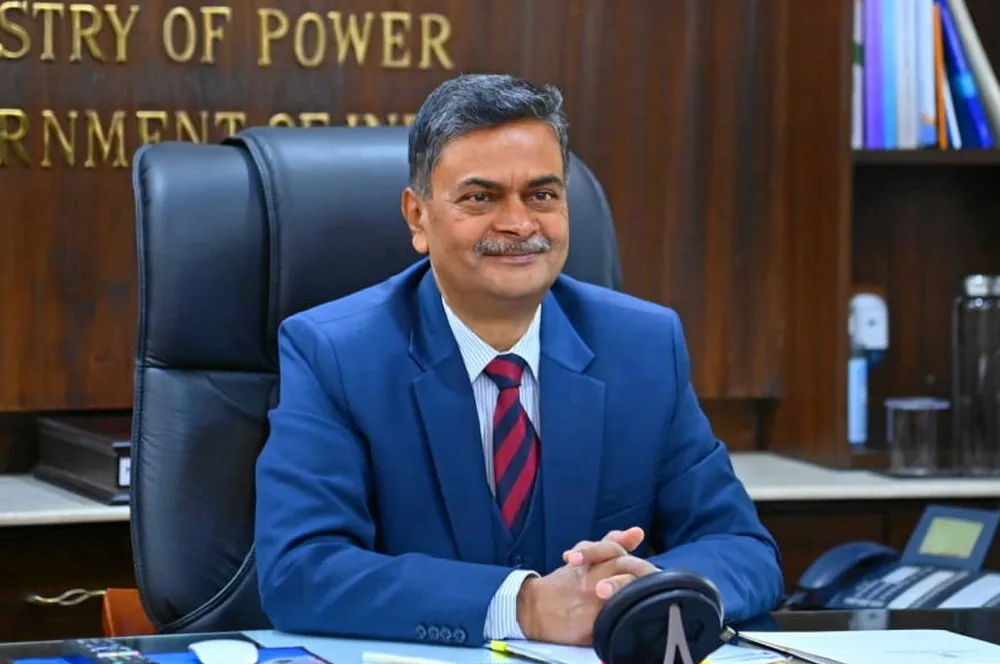Green hydrogen projects could be exempted from India's 'ban' on imports of Chinese equipment
Ministry of New and Renewable Energy instigated restrictions following 2020 conflict on India-China border

Ministry of New and Renewable Energy instigated restrictions following 2020 conflict on India-China border
